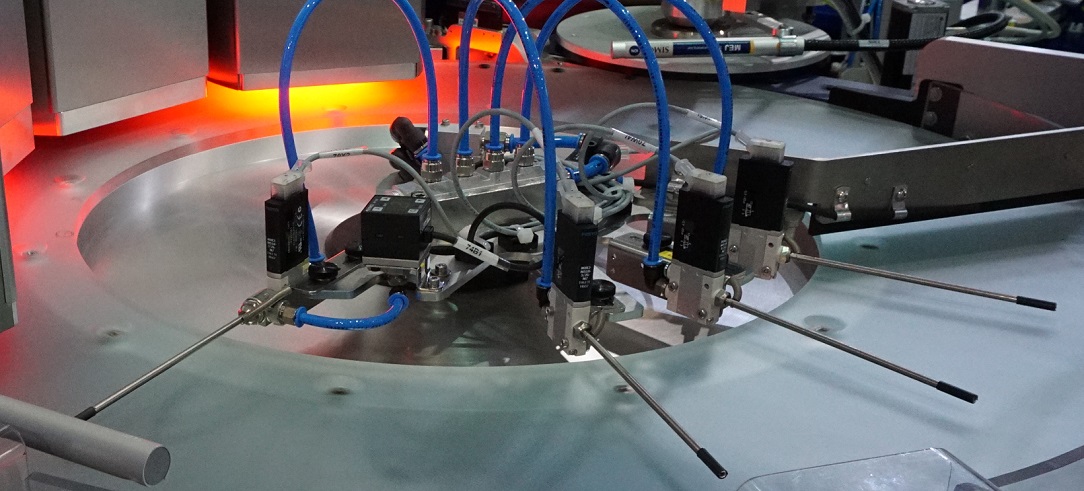The first contact for sealing inspection – recommendations for communication

Knowing which information is of critical importance when an initial query is made is the key to efficient communication right from the start. In addition to the knowledge of the existing influencing variables, which we reported in pseudo scrap – cause and effect, the following aspects offer helpful information for an effective contact when it comes to sealing inspection.
Obviously, the test part is the focus of optical quality control. It is important to know all the relevant information about the test part not only later below the camera, but also in advance. Such a product description can be summarized as follows:
Which are the products? (O-ring, lip seal, shaft seal,…)
How many different part variants have to be checked?
Dimensions of the test parts
Material of the test parts (EPDM, EPM, NBR, Viton, FKM,…)
Components (metal-rubber, plastic-rubber,…)
In addition to the product description, the description of the inspection task is also of essential importance. Which defects are there and what inspections should be carried out?
Surface control (defects, flow defects, foreign material, air pockets)
Dimension control (diameter, ring thickness, height,…)
Contour inspection (burr, overmolding, deformation,…)
Crack inspection (hidden cracks)
After knowing the product and which inspection tasks are relevant, the next step is to clarify how high the quality standards are:
How high is the permissible tolerance?
Which standard is the quality requirement? (ISO 3601 N, ISO 3601 S, ISO 3601 S+,…)
Is an optical inspection already taking place? If yes how?
Last but not least, information regarding production:
Quantity of parts to be checked (e.g. monthly or annually)
How many work shifts? (one, two or three shifts)
Short description of the production environment
Get a head start on your next inquiry right from the start!



